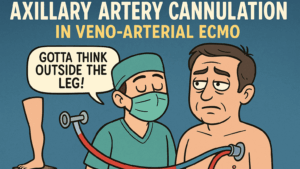Acute myocardial infarction (AMI) with cardiogenic shock (CS) remains a leading cause of mortality despite advances in cardiac care. Extracorporeal membrane oxygenation (ECMO) provides mechanical circulatory support in these critical cases. This study, published in the Journal of Cardiothoracic Surgery, investigates factors influencing survival in patients undergoing ECMO for AMI-CS.
Researchers retrospectively analyzed 63 patients treated with ECMO from January 2020 to December 2023. Patients were categorized into survivors (n=33) and non-survivors (n=30) based on their 30-day outcomes. The study collected data on demographics, medical history, hemodynamic parameters, biomarkers, and treatment interventions such as time to percutaneous coronary intervention (PCI) and intra-aortic balloon pump (IABP) usage.
Key Findings:
- Elevated Arterial Blood Lactate as a Predictor: Patients who did not survive had significantly higher arterial blood lactate levels (8.0 mmol/L vs. 4.8 mmol/L, p=0.015). High lactate levels indicate tissue hypoperfusion and metabolic distress, making it a critical predictor of mortality.
- Delayed PCI Worsens Outcomes: Non-survivors had longer delays from symptom onset to PCI (15.5 hours vs. 9.5 hours, p=0.001). This finding underscores the importance of rapid revascularization in AMI-CS management. Delayed PCI increases infarct size, myocardial damage, and overall mortality risk.
- Vasoactive-Inotropic Score (VIS) and Survival: Non-survivors had significantly higher VIS (130 vs. 100, p=0.016). VIS measures the level of vasoactive drug support required to maintain circulation. A higher VIS indicates greater hemodynamic instability and correlates with worse outcomes.
- Severe Coronary Artery Disease Increases Risk: Non-survivors had a higher prevalence of left main coronary artery disease (33.3% vs. 12.1%, p=0.013) and triple vessel disease (36.7% vs. 9.1%, p=0.002). These conditions contribute to extensive myocardial ischemia, worsening prognosis despite ECMO support.
- IABP Usage and Mortality: Although IABP was used more frequently in non-survivors (26.7% vs. 12.1%, p=0.014), logistic regression analysis did not identify it as an independent predictor of mortality (p=0.372). This suggests that IABP usage reflects disease severity rather than directly influencing survival.
Clinical Implications:
The study highlights the need for early and aggressive intervention in AMI-CS patients undergoing ECMO therapy. Strategies to improve outcomes include:
- Reducing time to PCI: Early revascularization significantly improves survival.
- Managing metabolic distress: Lactate levels should be closely monitored and addressed through fluid resuscitation and optimized ECMO settings.
- Balancing vasoactive support: Over-reliance on vasopressors can indicate worsening shock and should be carefully managed.
Conclusion:
This research identifies arterial lactate, VIS, and time to PCI as critical prognostic factors in AMI-CS patients on ECMO. Early intervention and optimized management strategies may improve survival rates. These findings provide valuable guidance for risk stratification and treatment planning in critically ill cardiac patients.
- Study ranking = 5 (highest quality)







